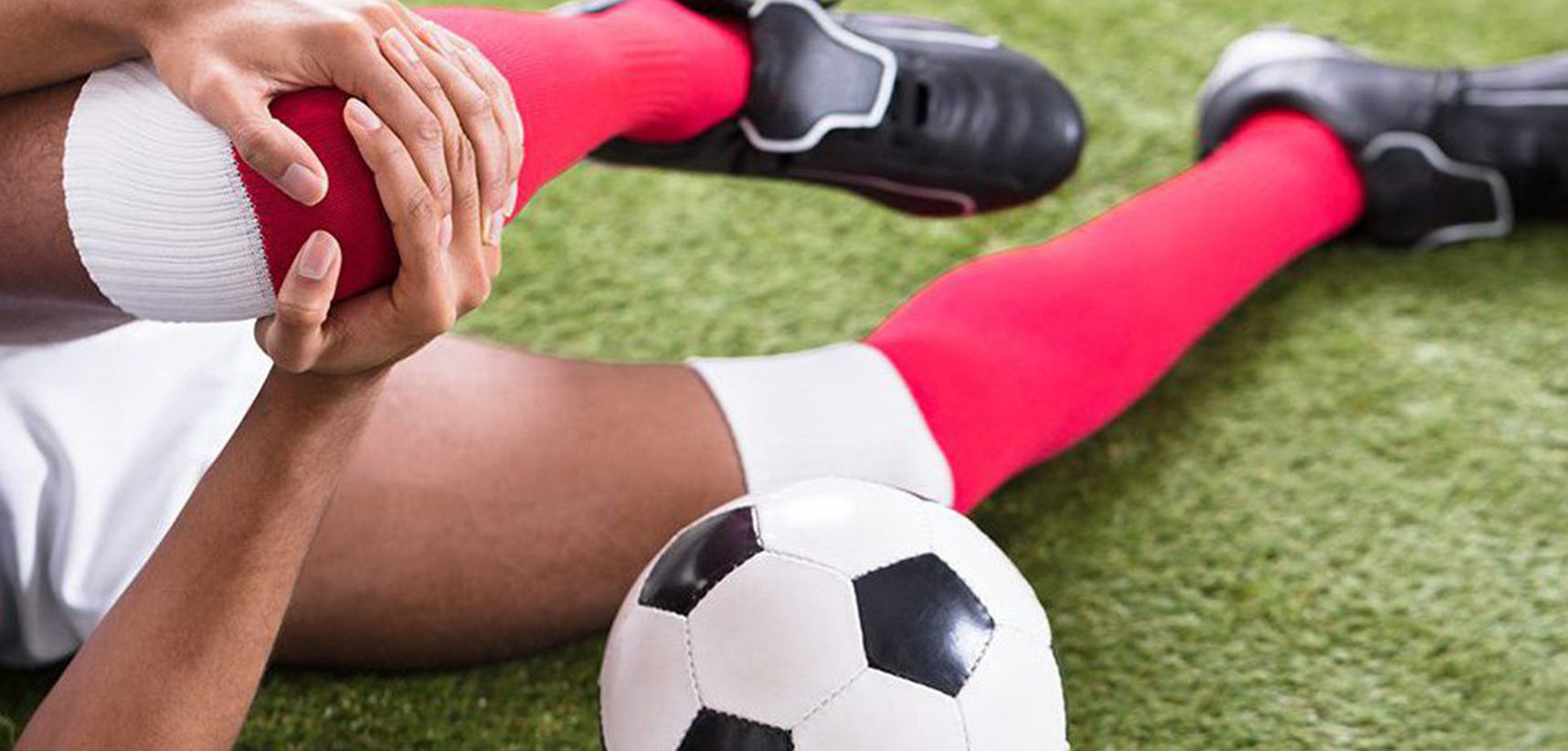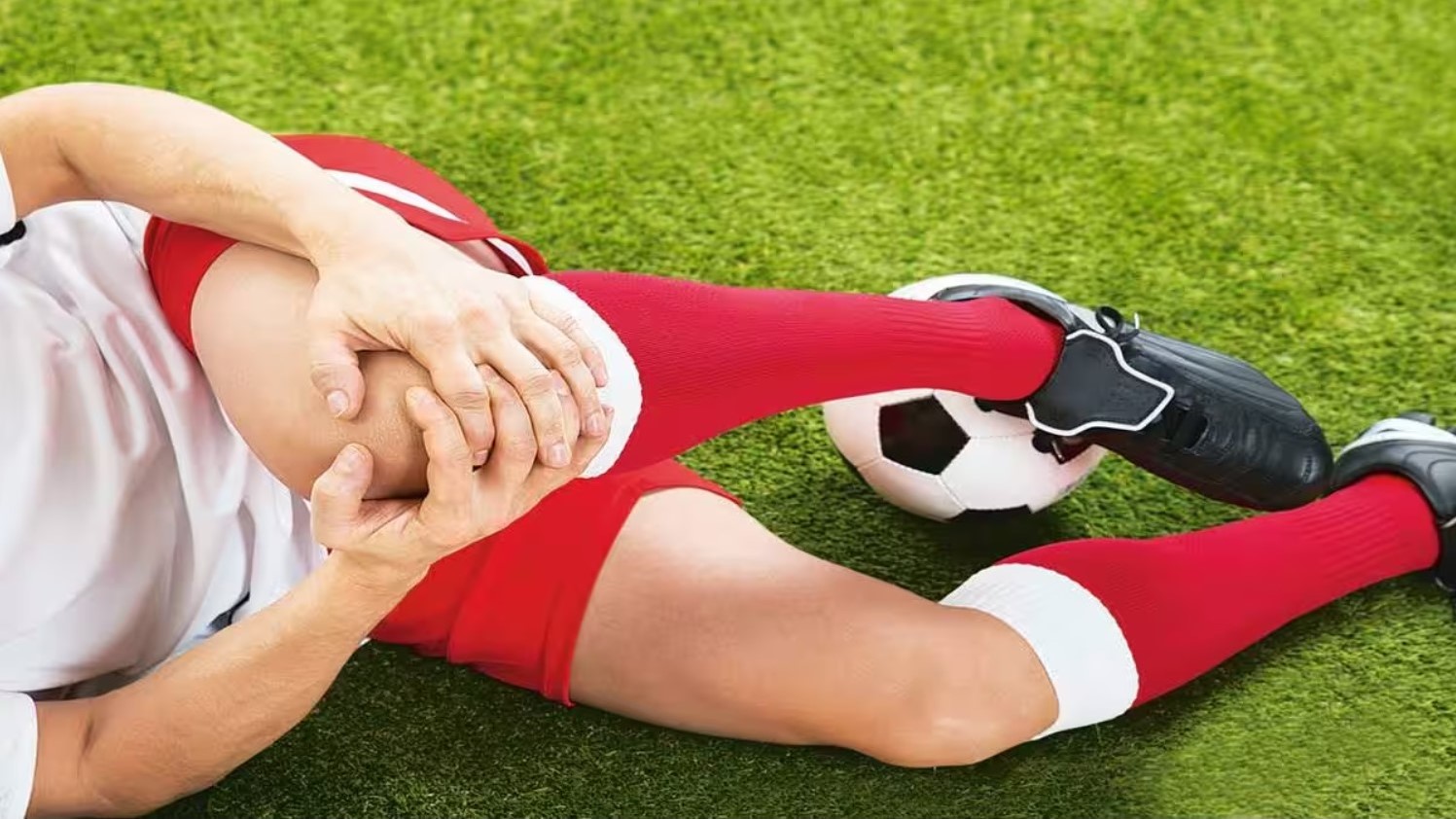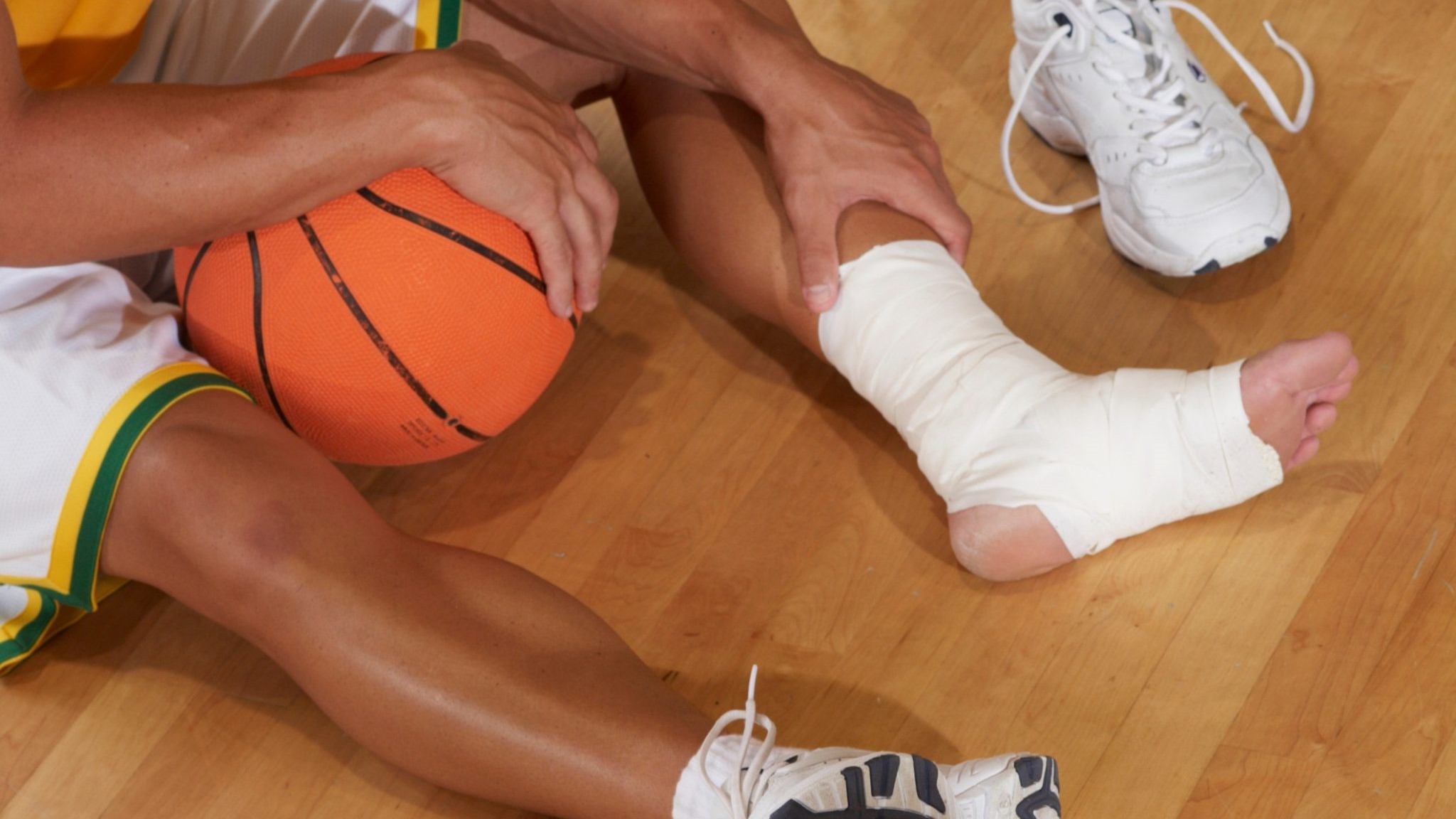All Conditions


Ligament Injuries
Ligaments play a crucial role by connecting bones with resilient, flexible fibrous tissue, providing essential support to joints. Despite their inherent strength, ligaments can be susceptible to strain injuries from awkward stretches or twists. In instances of considerable force, these ligaments can even suffer tears, representing the most severe form of ligament injury. One of the most commonly affected joints for torn ligaments is the knee, and there are three types of ligaments around the knee which may be injured.
Symptoms
- Ligament injuries present with notable symptoms: pain, swelling, and bruising.
- Joint instability is a common outcome, making movement challenging.
- Range of motion may be limited, and muscle weakness can develop.
- Bearing weight on the injured limb becomes difficult.
- A popping or snapping sensation might occur during injury or movement.
- Tenderness is often felt when touching the injured area.
- Severity varies depending on the injured ligament and its extent.
Treatment
Initially treating a knee injury, several crucial steps are recommended. First, prioritize rest to prevent further damage. Apply ice packs to the injured area, properly wrapped in a towel, to reduce swelling and pain. Utilize compression with an elastic bandage or stocking to minimize swelling and offer support.
Elevate the knee above heart level for added relief. Following these steps diligently can aid in the initial care of a knee injury. If symptoms persist, consult an orthopaedic specialist for evaluation and potential treatments, such as physical therapy, bracing, medication, injections, or surgery, depending on the injury's severity.




